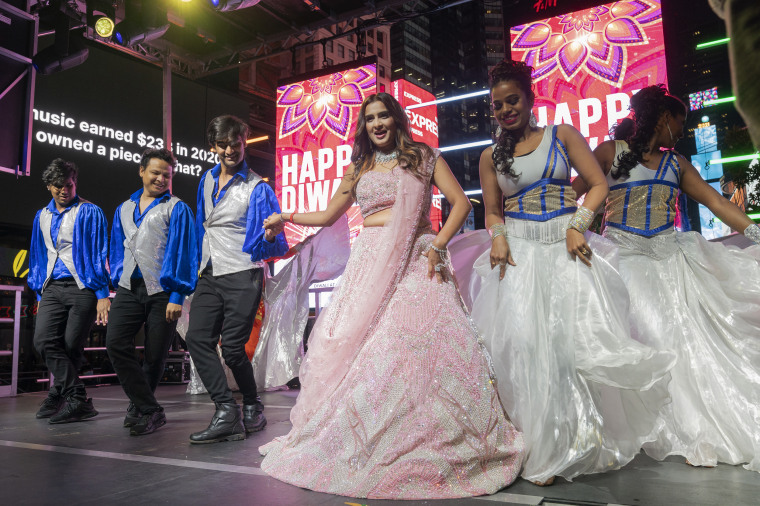New York City will add the festival of Diwali to the list of public school holidays in recognition of the growth of the city’s South Asian and Indo-Caribbean communities, Mayor Eric Adams announced Monday.
Diwali, known as the festival of lights, happens October or November, depending on the lunar calendar.
However, this year it falls on Sunday, Nov. 12 — meaning the 2023-24 school calendar will not be affected by the change. City officials say more that 200,000 New York City residents celebrate Diwali, which is observed by Hindus, Sikhs, Jains and some Buddhists.
“This is a city that’s continuously changing, continuously welcoming communities from all over the world,” Adams said in announcing that Diwali will join celebrations including Rosh Hashana and Lunar New Year as a day off for students. “Our school calendar must reflect the new reality on the ground.”
The new holiday will become official if Gov. Kathy Hochul, also a Democrat, signs a bill passed by the Legislature this month to make Diwali a public school holiday in New York City.
Adams, who pledged to made Diwali a school holiday when he ran for mayor in 2021, said he expects Hochul to sign the bill. The governor’s office said Hochul, who hosted a Diwali celebration last fall, is reviewing all of the bills the Legislature passed in 2023.
The push for official recognition of Diwali comes as South Asians have gained numbers and clout in New York and nationally.
The population of New York City residents categorized as Asian Indian by the Census Bureau has more than doubled in the last three decades, from 94,000 in 1990 to about 213,000 in the 2021 American Community Survey.
